Voigtländer Vitomatic IIb Film Camera Review
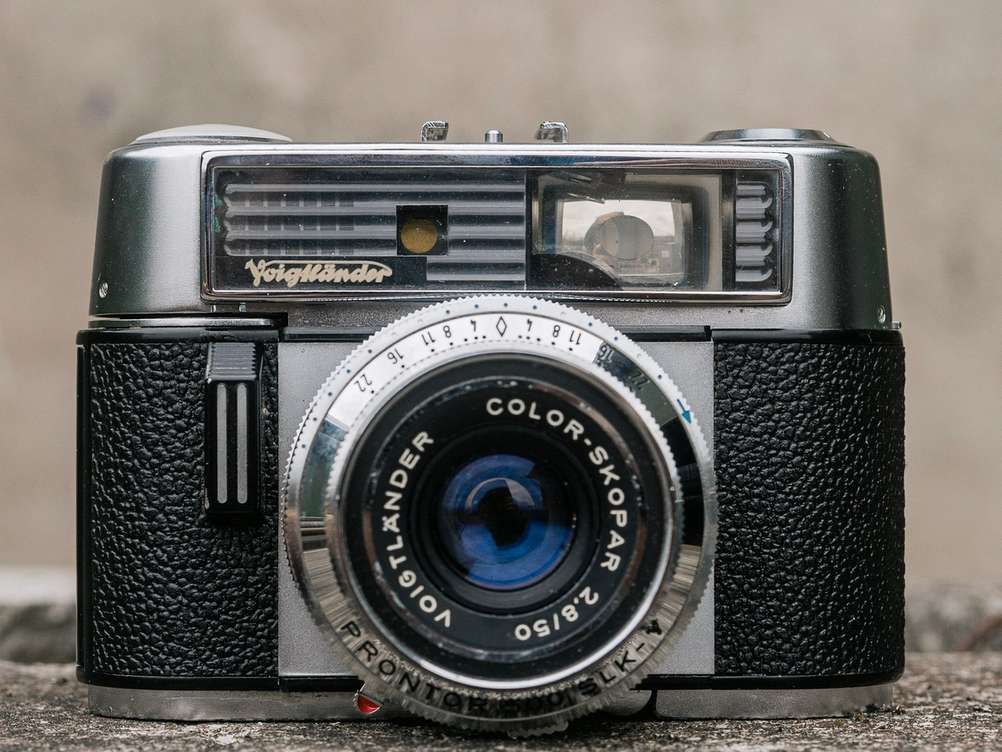
Voigtländer Vitomatic Iib is a small but thick camera.
Voigtländer Vitomatic IIb is a small, well built rangefinder camera with a fixed lens and a leaf shutter. It also has a built in selenium light meter but this review doesn't look at that. Most selenium light meters today are either on their last legs or very dead. Vitomatic IIb's are cheap from the price perspective but not from the "feel" perspective.
I got my copy from a bundle sale where multiple cameras were sold together. Vitomatic wasn't the camera I was after but I was pleasantly surprised when I first handled it. Although I like Voigtländer, I thought that this camera would be quite cheap-feeling. Turns out I couldn't be further from the truth. You should be able to find this camera for $20. Roughly. There are certain Vitomatic versions that cost more ( like the ones with Ultron lens ) but IIb is not one of those.
Design & Build Quality
Vitomatic looks best in real life. It's difficult to judge its size from a photo. It's a small and compact camera. It's not a pocketable camera but it's still small.

Voigtländer Vitomatic IIb next to Fujifilm X100. Both are small cameras that are not quite pocketable. In some dimensions Vitomatic is smaller and in others the X100 is smaller. I would say that X100 is a bit easier to pocket.
The small size contrasts with the hefty weight of the camera. It's not a cheap feeling. It feels very well built and solid. The controls on it have an amazing feel too. Especially the film advance process. It's SOOO satisfying. The film advance makes an awesome clicking sound as you advance the film. If I knew anything about clocks then I would say that it feels like a very premium clock. But I know nothing about clocks. Or watches. Or witches. The film advance ends with the best "clunk" sound that compliments the whole advance process brilliantly. I love the film advance process on Leica M3 but this is better in some ways. And worse in others.
Shutter will be cocked as part of the film advance but it requires film to be loaded in the camera. Film sprockets engage a gear that cocks the shutter. No film means that the gear is not engaged and you can twist the advance lever forever and nothing will happen. This is why you can find these cameras sold as broken as it can seem like the camera is broken if there is no film.
There are other very nice processes. Like the film rewind process and loading process. To rewind film you must flick a switch at the side of the camera. That will release a lever on the film rewind wheel and allow you to rewind the film. Flicking the switch feels great and rewind is solid too. After you're finished, push the lever back and it will change the switch back to its initial position. Most amazing.

Here are the film rewind controls in action. You flick the saw-like trigger to release the rewind crank at the top. As you push the crank back, the trigger moves back to its initial position as well.
Opening the camera is also quite unique. The camera has a back door which is not unusual in itself. How you open it is. It's hard to describe it with words so you will have to observe the images.

To open the back of the camera you must first move the little tab on the left so that it's facing down with the relation of the rest of the camera. Then you turn it. That will open the small door that the control is part of. As you open the small door the back will open as well. It's very cool.
Lens is the least amazing feeling component of the camera. The controls don't feel terrible but they don't excite the primal pleasure sensors in your brain.
From a visual perspective the camera is cute and looks good. If I had to single out a particular component then it would be the exposure counter. It, again, has a unique look that I haven't seen before.
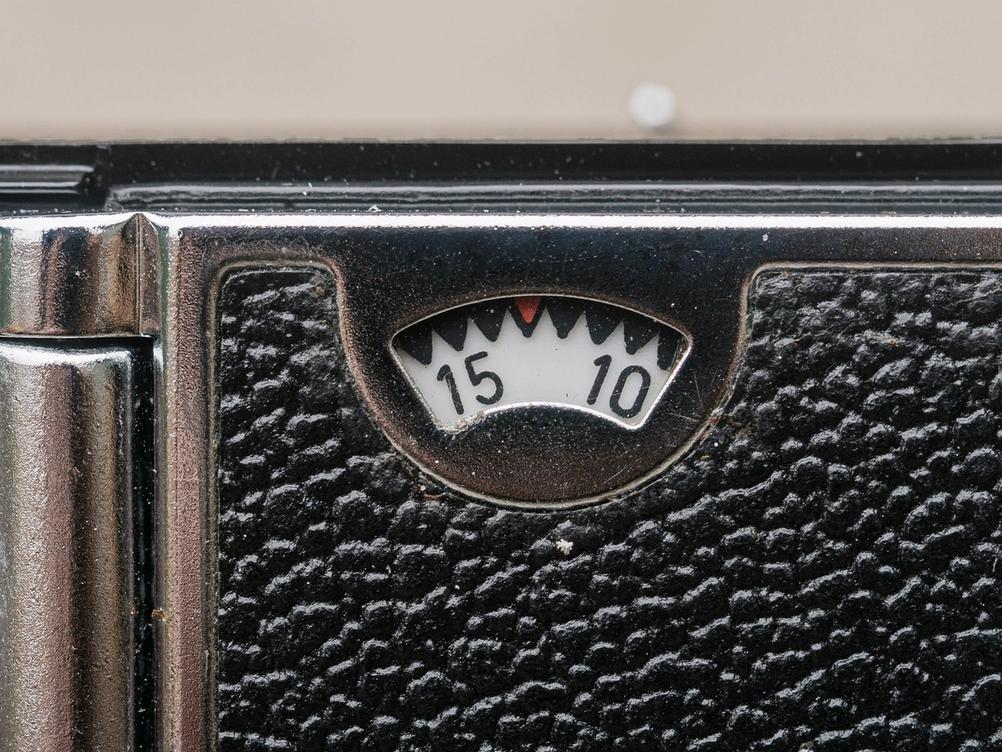
Exposure counter is very cool.
Sadly it's not all orgasms. Although the film advance feels amazing, it doesn't work that well. I can only advance the film ( and cock the shutter ) if I hold the camera in a very particular way. I tried opening it up to fix it but you have to dig quite deep to get to the part which handles the advance process. I have left it as is for now as I can get it to advance consistently as long as I hold the camera "the right way".
Functionality
Vitomatic is a manual, mechanical camera so there aren't too many features. But what is there is useful and usable.
Viewfinder
The viewfinder is quite big and not too dim. It has a blue cast to help with the contrast for the rangefinder patch. Camera has a coupled rangefinder and the patch is a medium sized circle with fuzzy edges. Not my favourite as I prefer square patches with solid edges. The contrast for the rangefinder patch is acceptable but not amazing. You shouldn't have too many problems using it in most circumstances. The rangefinder base length is very small so you won't be focussing with utmost precision anyway. Look at the coupled rangefinder as a small extra in an otherwise scale focus camera.
The framelines are bright and thick but not too thick. Thankfully it has square corners instead of rounder ones. Framelines aren't parallax corrected but there are close-focus marks to help focussing close.
You also get a part of the lens projected in the bottom right corner of the viewfinder. The projected part is for the section that contains selected aperture and shutter speed. It's there to allow you to change shutter speed and aperture without taking your eye off the viewfinder. Light meter reading is also visible in the viewfinder. A combination of these makes it easy to select the right exposure settings. As long as your light meter is working.
That's it for the viewfinder. It's not the best in the world but it's very usable.
Exposure Triangle
All controls relating to exposure are located on the lens. You can select the ISO for the loaded film as well as the shutter speed and aperture. You pick the settings yourself and it doesn't require electronics to expose a photo.
There's not much to say about these controls. ISO control can be ignored since the light meter doesn't work anyway. Shutter speed and aperture get their own rings to turn. Aperture goes from f2.8 to f22 and the marks are for full stops. Aperture control appears to not have clicks so you can select any value in between. Shutter speed goes from 1 second to 1/500th of a second, also in full stops. Shutter speed control does have uninspiring clicks.

Exposure time and aperture controls are easy to understand but are not the best feeling controls. Definitely the worst feeling on Vitomatic IIb.
That's all there is to say about exposure controls. They don't feel the best but it's not complicated to use them. I would've preferred a clicked aperture ring but it's still fine.
Color-Skopar 50mm f2.8 Lens
Voigltänder Vitomatic IIb comes with a fixed Voigtländer 50mm f2.8 lens. It's a simple Tessar design lens that isn't trying to be anything groundbreaking. I've only used one Color-Skopar lens before - on a Bessa I and I love the rendering it provides. I am waaay less fanatical about the results from this lens. Not sure if it's down to my copy or if this particular Color-Skopar isn't that fabulous or if Color-Skopar lenses don't render as well in 35mm format.
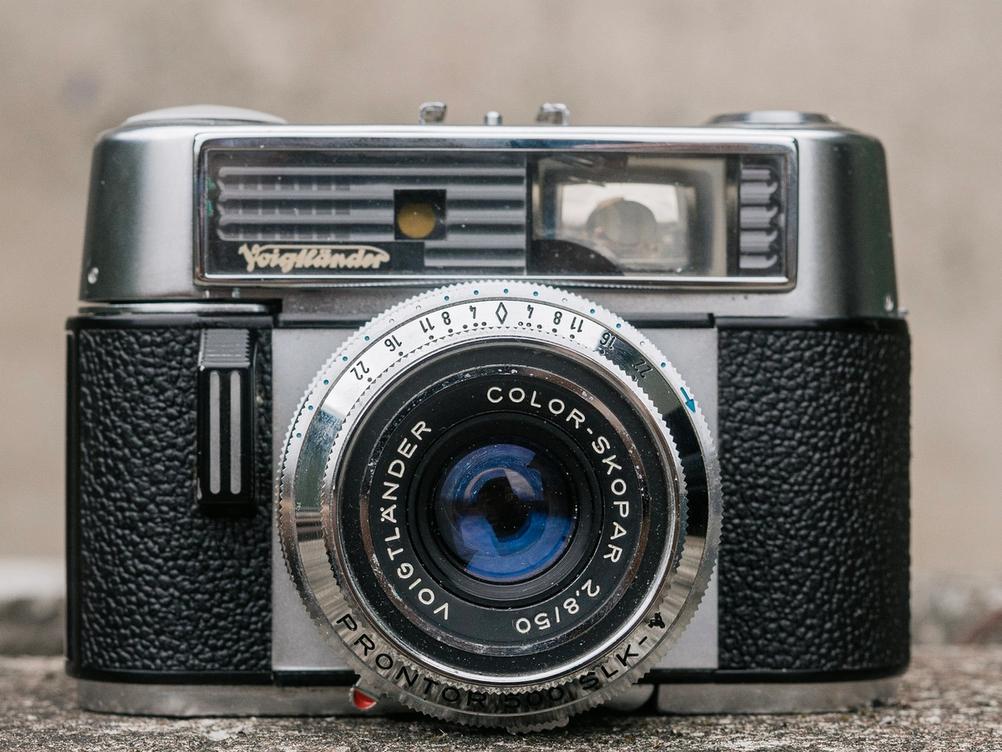
This Color-Skopar is a full stop too short to fit the domain of this website.
I can only describe the rendering as average and boring. It won't offend but it won't amaze. It's acceptably sharp for most films. Contrast is acceptably average. I've not seen any three-dimensional pops. Bokeh is boring but not harsh. At least when you can get a bokeh out of it. The rangefinder isn't too precise so you won't be portrait hunting with this camera.
Focussing feels acceptable but not too smooth. Something that could be improved with a CLA I imagine. It also has a hyperfocal distance scale which can be useful as the rangefinder isn't all that great.
That's all I have to say about the lens. It won't get you in trouble. It also won't floor you with a rendering from the gods.
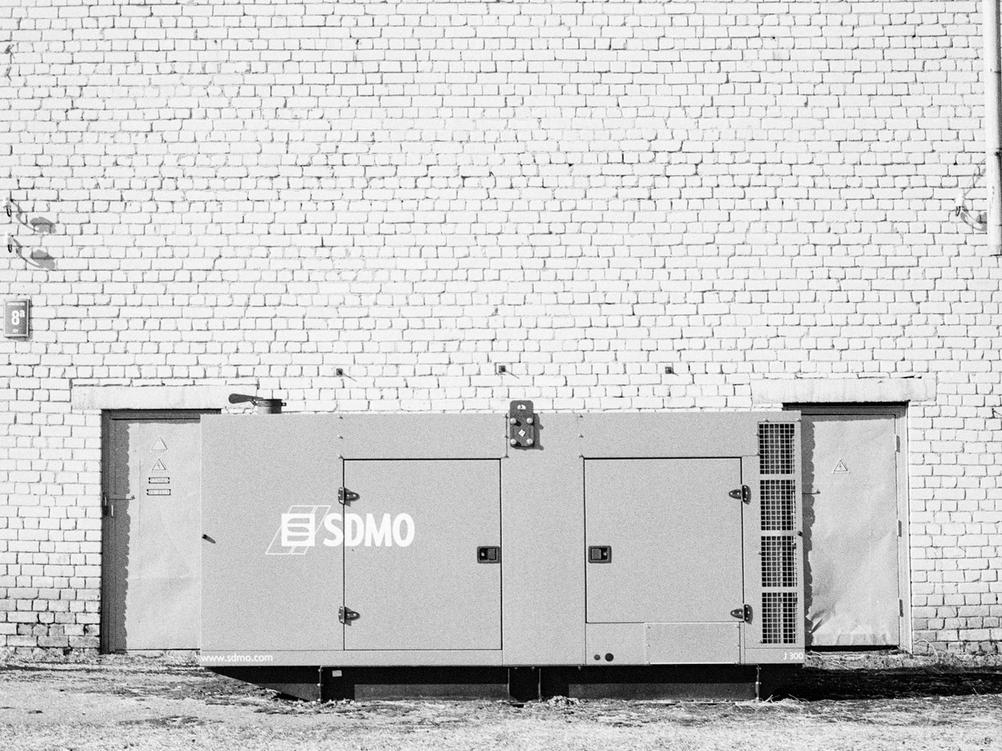
- Camera
- Voigtländer Vitomatic IIb
- Lens
- Voigtländer Color-Skopar 50mm f2.8
- Film
- Ilford FP4+ EI125
- Development
- Kodak HC-110; Dilution B
- Scanner
- Reflecta ProScan 10T
The biggest issue I have with this lens is that it's not bringing in much detail. I'm no sharpness fanatic but photos taken with Vitomatic IIb lose detail quite fast when zooming in. It could be a fault with my camera but who knows.
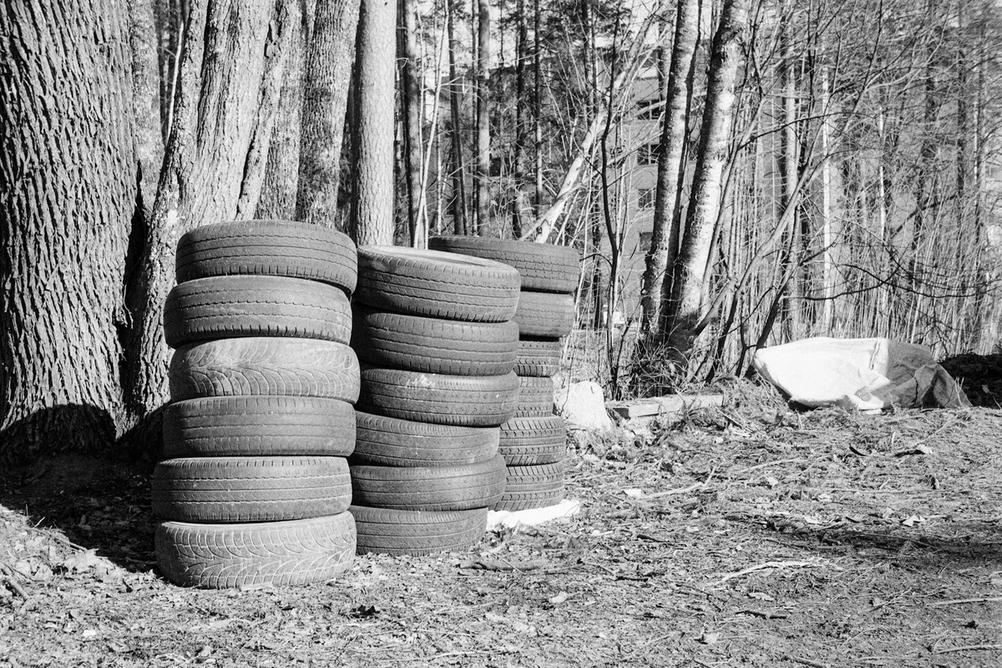
- Camera
- Voigtländer Vitomatic IIb
- Lens
- Voigtländer Color-Skopar 50mm f2.8
- Film
- Ilford FP4+ EI125
- Development
- Kodak HC-110; Dilution B
- Scanner
- Reflecta ProScan 10T
I can only describe the rendering as very normal.
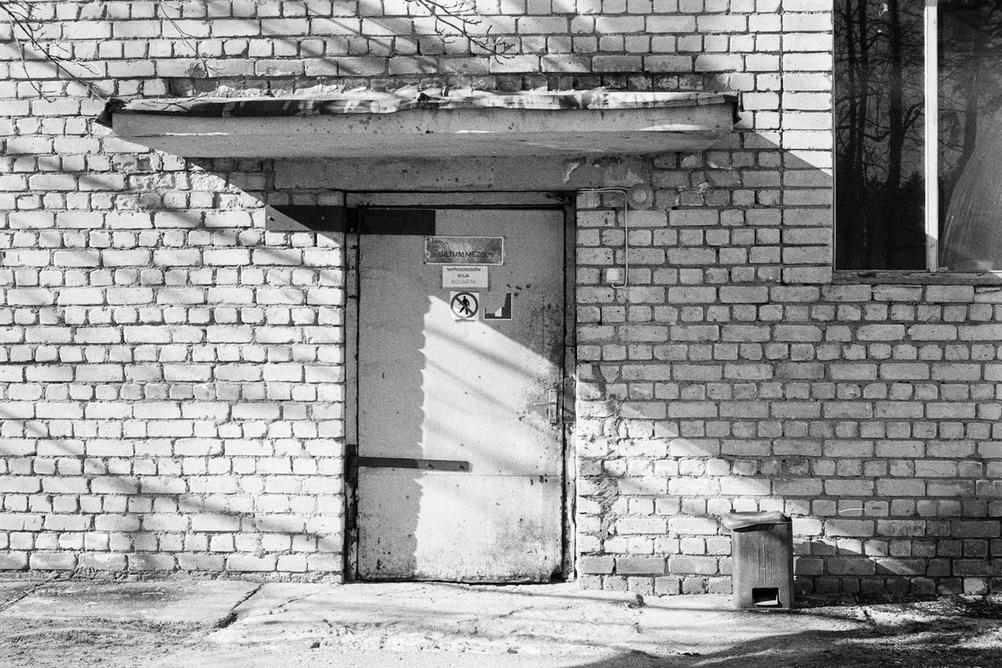
- Camera
- Voigtländer Vitomatic IIb
- Lens
- Voigtländer Color-Skopar 50mm f2.8
- Film
- Ilford FP4+ EI125
- Development
- Kodak HC-110; Dilution B
- Scanner
- Reflecta ProScan 10T
I like taking these types of photos but they require more resolving power.
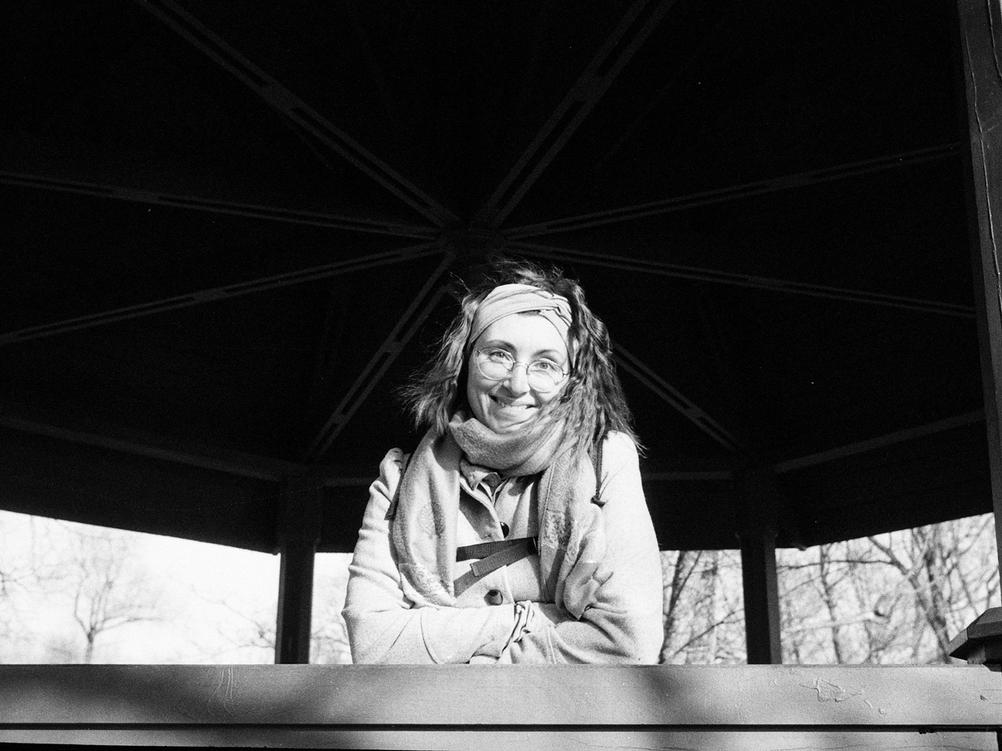
- Camera
- Voigtländer Vitomatic IIb
- Lens
- Voigtländer Color-Skopar 50mm f2.8
- Film
- Ilford FP4+ EI125
- Development
- Kodak HC-110; Dilution B
- Scanner
- Reflecta ProScan 10T
This is not a bokeh photo but some background blur can be observed. It's very not-in-your-face.

- Camera
- Voigtländer Vitomatic IIb
- Lens
- Voigtländer Color-Skopar 50mm f2.8
- Film
- Ilford FP4+ EI125
- Development
- Kodak HC-110; Dilution B
- Scanner
- Reflecta ProScan 10T
The lens can flare a bit but it's nothing insane. At least when closed down a fair bit.

- Camera
- Voigtländer Vitomatic IIb
- Lens
- Voigtländer Color-Skopar 50mm f2.8
- Film
- Ilford FP4+ EI125
- Development
- Kodak HC-110; Dilution B
- Scanner
- Reflecta ProScan 10T
When you place the focus between your children in hopes of getting them both in focus but in the end you get neither of them.

- Camera
- Voigtländer Vitomatic IIb
- Lens
- Voigtländer Color-Skopar 50mm f2.8
- Film
- Ilford FP4+ EI125
- Development
- Kodak HC-110; Dilution B
- Scanner
- Reflecta ProScan 10T
Calmer contrast can be a bonus in some black and white photos or if you have a preferance for such a thing.

- Camera
- Voigtländer Vitomatic IIb
- Lens
- Voigtländer Color-Skopar 50mm f2.8
- Film
- Ilford FP4+ EI125
- Development
- Kodak HC-110; Dilution B
- Scanner
- Reflecta ProScan 10T
Tonality might be the biggest strength for this lens.

- Camera
- Voigtländer Vitomatic IIb
- Lens
- Voigtländer Color-Skopar 50mm f2.8
- Film
- Ilford FP4+ EI125
- Development
- Kodak HC-110; Dilution B
- Scanner
- Reflecta ProScan 10T
Another "wall" photo which would work much better if given more resolving power.
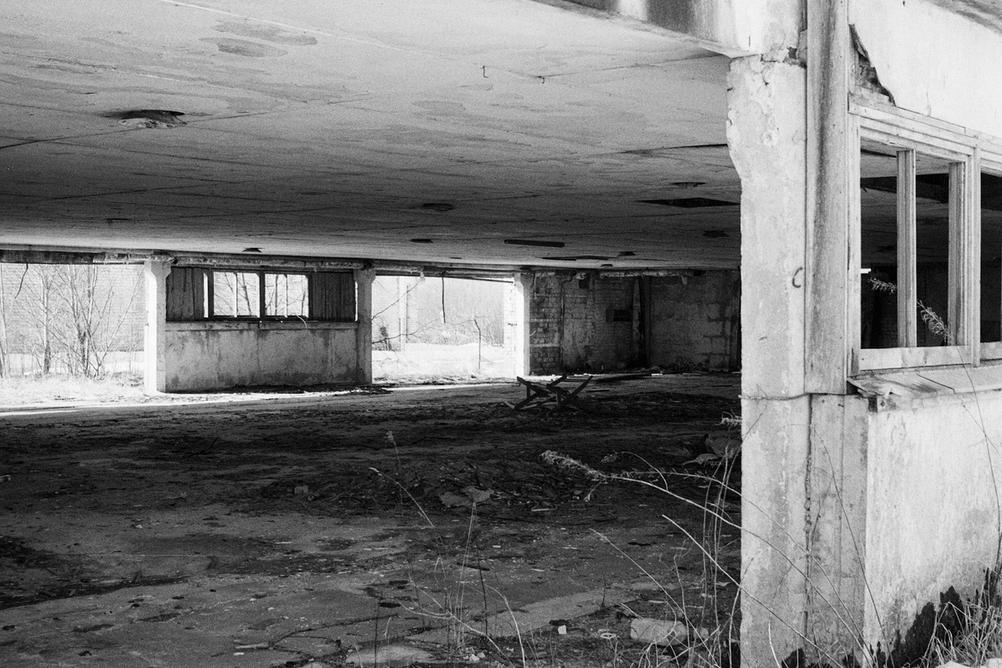
- Camera
- Voigtländer Vitomatic IIb
- Lens
- Voigtländer Color-Skopar 50mm f2.8
- Film
- Ilford FP4+ EI125
- Development
- Kodak HC-110; Dilution B
- Scanner
- Reflecta ProScan 10T
Although this is not a great photo I like the rendering here. There was a big contrast between the outside and inside and you get a bit of both.
Usability
Although I love the feel and build of the camera ( for the most part ) it is not the best handling camera out there. The smaller size can be difficult to grip. The larger weight doesn't help in that aspect as well.
A strap could be helpful but this camera doesn't have a way to attach a strap. It's meant to be used in a stupid leather case and nobody likes leather cases. Most of the time I'm awkwardly gripping it to take photos and to carry it around. The small size does mean that I can fit it in some larger pockets which can be helpful.
The shutter button isn't at the top of the camera. It's to the right of the lens ( if you're looking at the camera as you would be when shooting it ). It feels like a good place as the finger tends to hover around there when trying to grip the camera with all your might. It also helps to have a very satisfying shutter release feel and sound.
Coming back to the amazing feeling of the film advance. It is amazing but it also has a fair bit of travel. Almost 180 degrees worth of travel. That means that you won't be advancing the camera with one hand. I forgive it though as the process of advancing the film feels like a great gift.

Film advance is a gift that keeps on giving but you must move it almost 180 degrees. Right from the back of the camera to the front of it.
Final Words
I am conflicted with this camera. I love how it feels. I am bored by the photos. This is the first camera that I want to pick up and play around with but not actually take any photos with. Even whilst writing this review I'm picking the camera up every few minutes to advance the film. I have a test roll that I can advance and take dummy photos with. After the roll is done, I wind it back and do it all over again. That is what this camera does best for me.
Taking photos with it doesn't excite me. From the non-ideal handling to the boring results. I rather shoot blanks.
Maybe you can get better photos than me with Vitomatic. Maybe it fits better in your hands or you actually like camera cases. Those are possibilities that would make this camera worth it. But even without these — I would still recommend it. If only for the film advance process.
